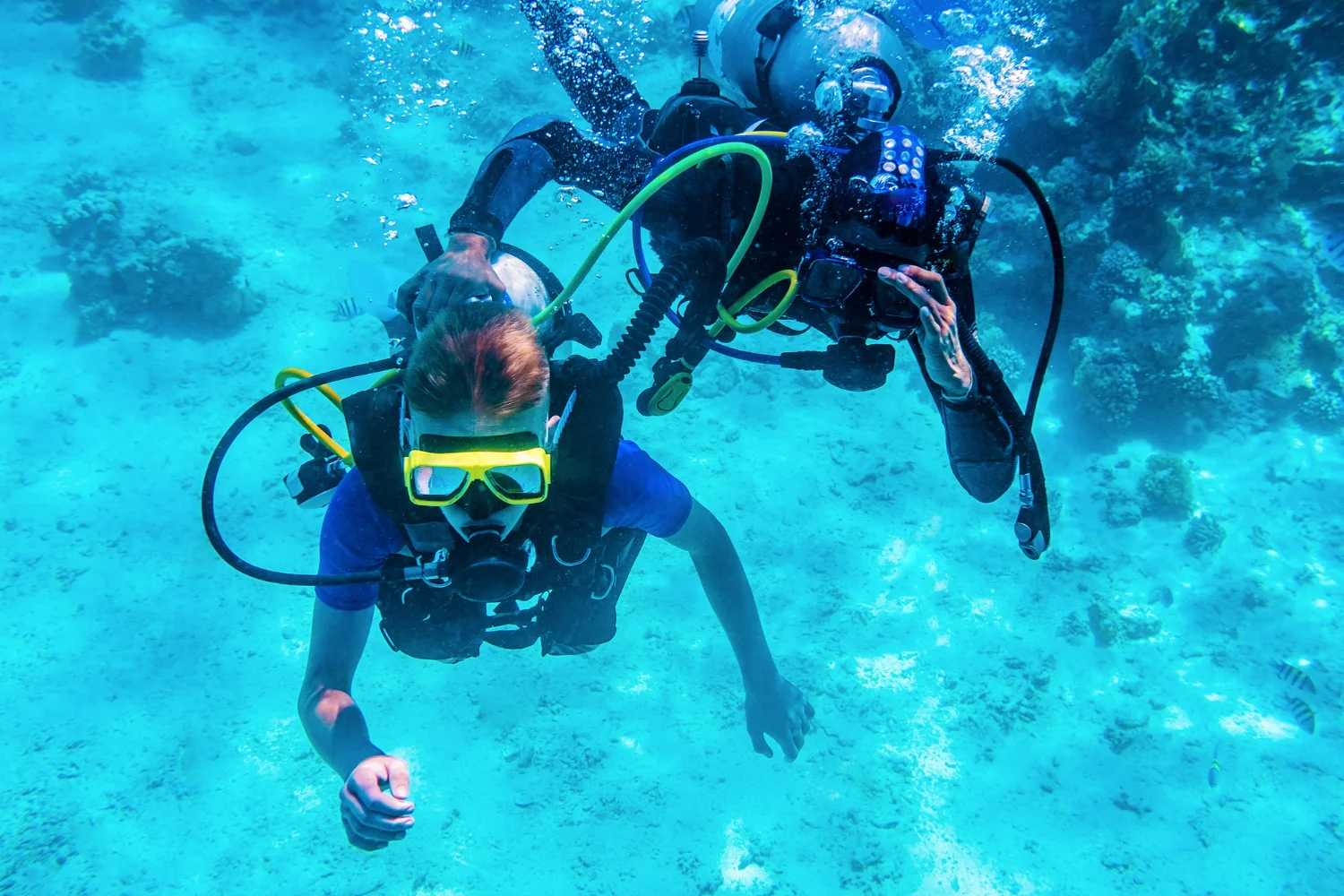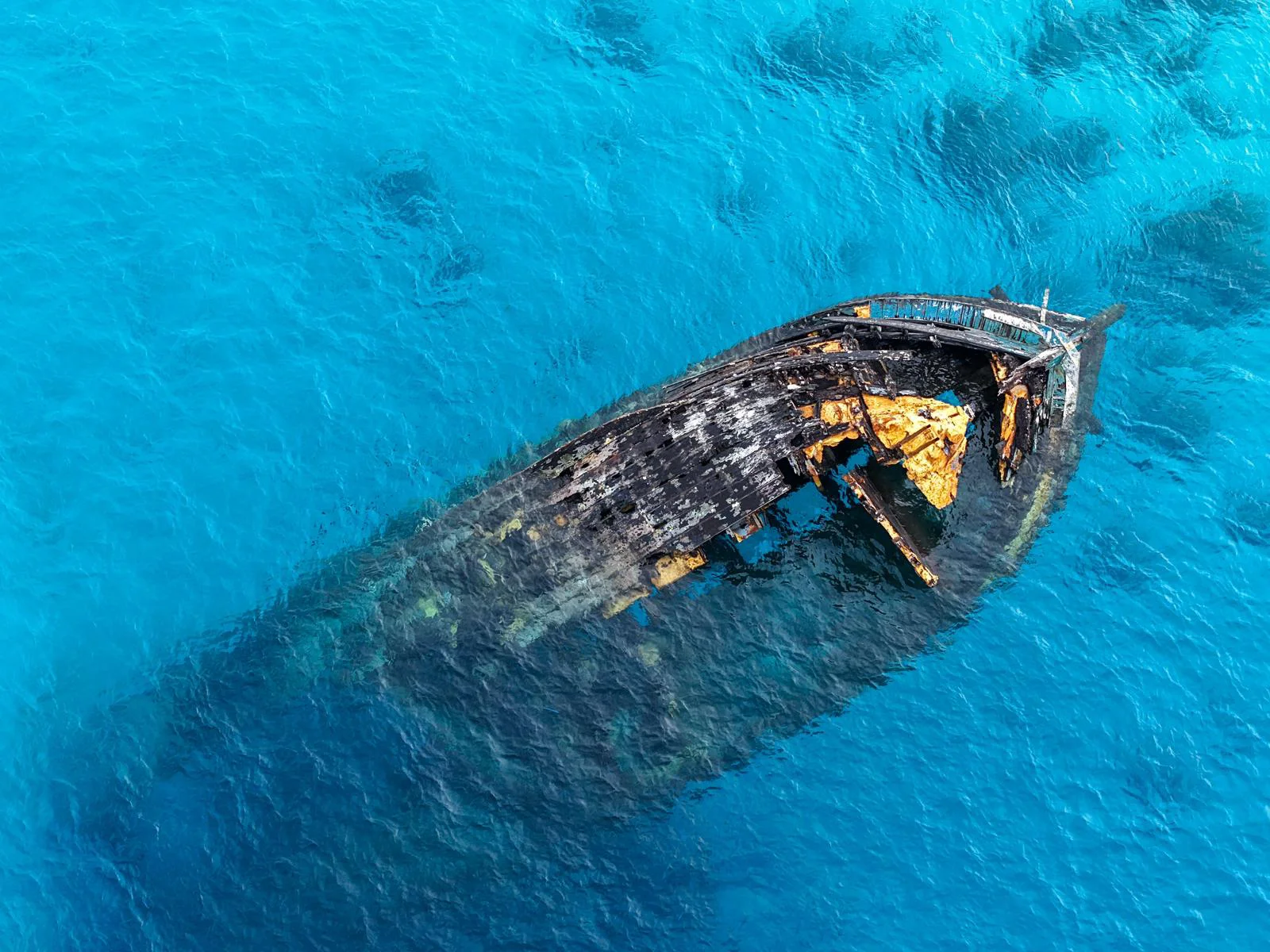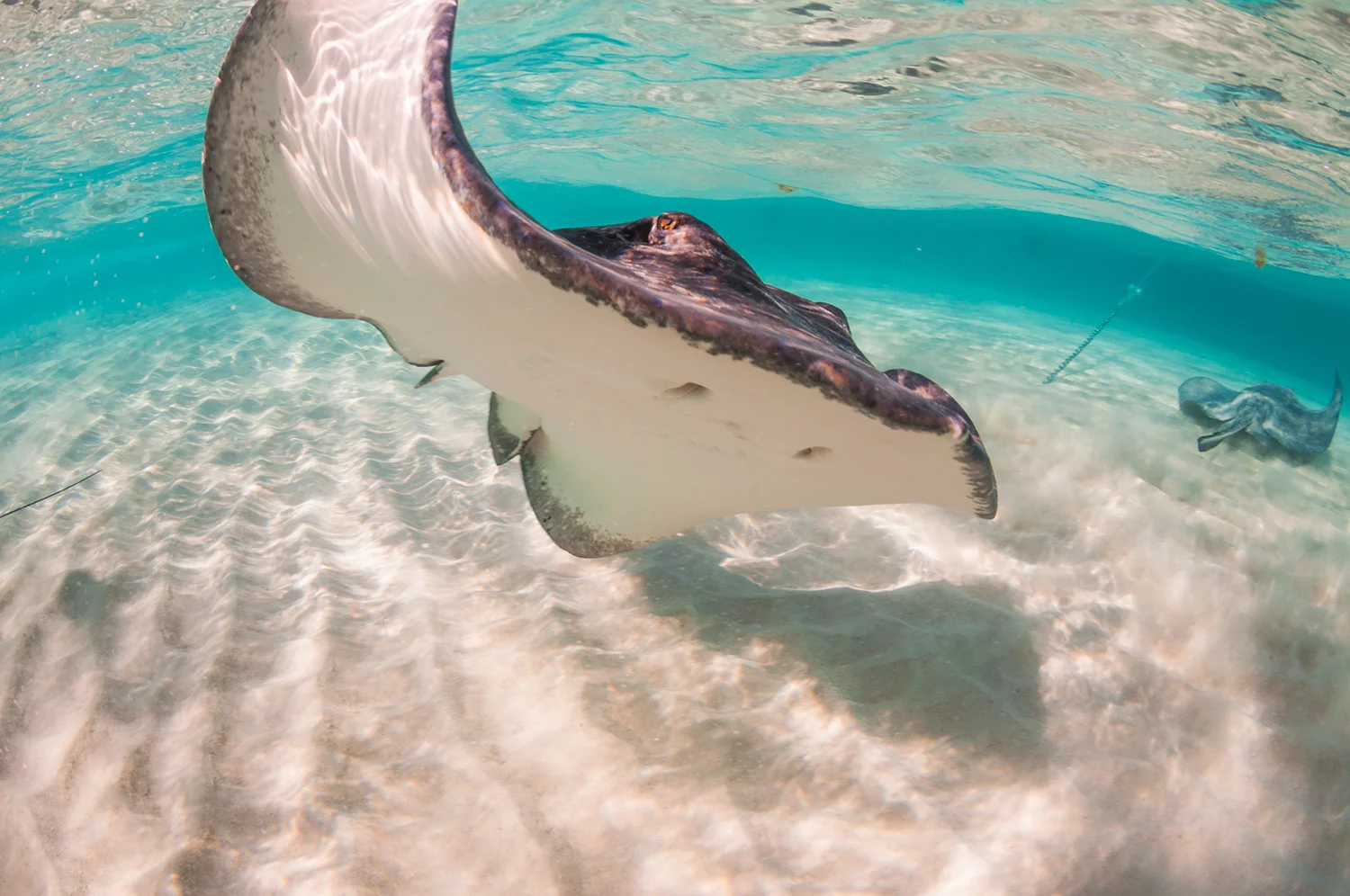Why You Should Go Scuba Diving in the Maldives at Least Once in Your Life
An Underwater Paradise Like No Other
The Maldives is much more than just beautiful beaches and luxury resorts above water. Beneath the surface, one of the most vibrant marine ecosystems on the planet awaits you. This island nation is made up of over 1,000 islands and 26 atolls, each offering a unique experience for scuba divers.
The waters are warm year-round, averaging between 27°C and 30°C (80°F to 86°F), and visibility can often exceed 30 meters (100 feet), allowing you to see every detail clearly. The Maldivian waters are home to whale sharks, manta rays, turtles, reef sharks, moray eels, nudibranchs, and much more.
An Experience for All Skill Levels
You don’t have to be an expert to enjoy diving in the Maldives. All you need is curiosity and a sense of adventure. There are dive sites for every level, from relaxed dives for beginners to advanced technical routes for experienced divers.
Whether you’re trying diving for the first time, taking your PADI certification, or joining guided expeditions with experienced instructors, at NokuTravel we help you organize your entire trip — from training to logistics — with full safety and support.
When to Go Diving in the Maldives: Weather and Best Seasons
Dry Season (December to April)
This is considered the best time for scuba diving. It’s the dry season, with plenty of sun and calm seas. Visibility is excellent, and it’s the prime time to spot large pelagic species like manta rays and whale sharks.
Between January and February, the sea is especially calm and crystal clear — ideal for underwater photography. If you’re planning a couple’s trip or honeymoon, it’s a magical season for diving or snorkeling.
Wet Season (May to November)
This season brings occasional rain and slightly rougher seas. However, the increase in plankton attracts an even greater abundance of marine life.
There are also fewer tourists, meaning lower prices and a more peaceful experience. If you’re not afraid of a bit of rain and want to see more marine animals, this could be the perfect time for you.
Recommendations Depending on What You Want to See
- Want to see manta rays in large numbers? Book a liveaboard in Hanifaru Bay.
- Prefer whale sharks? Visit the southern atolls during the wet season.
- Love underwater photography? Choose the dry season for the clearest visibility.
The Best Places to Go Diving in the Maldives
Ari Atoll: A Favorite for Many
One of the most popular atolls for diving. Here you’ll find cleaning stations for manta rays, whale sharks, turtles, and more. Sites like Maaya Thila, Fish Head, or Kuda Rah Thila are truly spectacular.
Many resorts here have their own dive centers, and the liveaboards are well-equipped — making this a safe and popular choice for all divers.
Baa Atoll: A UNESCO Biosphere Reserve
This atoll has been declared a Biosphere Reserve by UNESCO, and for good reason. Hanifaru Bay is famous for hosting manta rays and whale sharks in large groups, a truly one-of-a-kind spectacle.
You can also dive among the coral gardens inside the atoll and explore the colorful marine biodiversity. It’s the ideal spot to disconnect from the world and reconnect with the ocean.
North or South Malé Atoll: Accessibility and Quality
If you’re short on time, this is your best option — especially if your resort is near the capital. Here you’ll find good dive sites and certified centers, plus it’s easily reachable from Malé Airport.
Some of the most popular sites include Banana Reef, Manta Point, and Lankan Reef. If you’re planning to combine diving with relaxing beach time, this is a great place to start.
Other Popular and Impressive Atolls
Some atolls that are less known (like Vaavu, Thaa, or Huvadhoo) can surprise you. Fewer tourists, more intimate experiences, and the chance to explore untouched reefs with hammerhead sharks, turtles, or even rare macro species make them hidden gems worth discovering.
What You’ll See Underwater: Marine Life in the Maldives
Gentle Giants: Whale Sharks and Manta Rays
These are two of the most majestic species you can encounter. The Maldives is one of the best places in the world to see them in the wild — totally unconfined and free.
Manta rays move with elegant, peaceful grace and are commonly seen during cleaning station dives or feeding aggregations.
Colorful Reefs: Turtles, Moray Eels, and Tropical Fish
The coral reefs in the Maldives are teeming with life. Sea turtles and moray eels, parrotfish, surgeonfish, angelfish, lionfish, triggerfish, and schools of colorful reef fish will swim all around you.
You’ll also see coral formations and vibrant sponges that will take your breath away.
Sharks and Other Intense Encounters
Blacktip reef sharks and white-tipped reef sharks are very common. In deeper dives, you may even spot hammerheads or tiger sharks.
Diving in the Maldives is safe when done with certified guides. The marine life is used to divers and you’re guaranteed a memorable and respectful experience.
Microfauna and Details for the Curious
Not everything is big. If you’re into the little critters, you’ll also be amazed. Nudibranchs of all shapes and colors, tiny pipefish, and seahorses live in the most tranquil coral gardens.
Types of Diving You Can Do in the Maldives
Channel Diving (Kandus)
Perfect for advanced divers. Channels connect the open ocean with lagoons and create strong currents where you can spot sharks, rays, and pelagics.
Here you’ll dive among tunas, sharks, groupers, rays, and more in an adrenaline-filled experience.
Thila Diving (Underwater Pinnacles)
These are small underwater mountains that rise from the seafloor and are full of marine life. Perfect for drift dives with beautiful coral and fish schools.
Many are shallow enough for recreational dives, and some even allow night diving.
House Reef Diving
If you’re staying at a resort, it’s very likely there’s a house reef nearby. These are great for beginners, photographers, or night dives, since they are easily accessible and offer surprising biodiversity.
Snorkeling for Non-Divers
Even if you don’t dive, the Maldives is a paradise for snorkeling. Many spots are very close to the surface, and some reefs are just a few meters from the beach.
Practical Tips for Your Dive Trip with NokuTravel
What to Pack
- Dive certification (if you have one)
- Travel insurance that covers diving
- Personal dive gear if you prefer (mask, computer, regulator, etc.)
- Reef-safe sunscreen and travel light
- A towel: many resorts don’t provide them on the boat
Travel Light and Go Easy
Most people prefer to rent gear from dive centers in the Maldives — it’s convenient and already on the island or boat.
If you want to travel light, it’s no problem. Just bring your essentials, especially if you’re going on a liveaboard.
How to Get the Most Out of Your Experience
- Rest well between dives to avoid fatigue
- Don’t over-schedule too many dives per day
- Plan your flight according to your last dive
- Use a dive log or app to remember your best dives
Why Choose NokuTravel?
At NokuTravel, we work with the best dive centers and liveaboards across the Maldives. We’ll help you design a personalized trip, with the best instructors, schedules, and available boats.
We also work with eco-conscious teams, support local communities, and collaborate with conservation programs — so your trip also has a positive impact.
Our mission is to make diving in the Maldives the best experience of your life.
Conclusion: Your Dream Dive Trip Begins Underwater
Diving in the Maldives is more than an activity — it’s a life-changing experience. Tropical landscapes above water, and a wild, peaceful freedom beneath.
The best time to dive is always when you’re ready to live your dream.
Whether you’re traveling solo, as a couple, or with friends, the Maldives awaits. And if you’re still unsure where to begin, just ask us at NokuTravel — we’ll guide you toward the perfect experience, with manta rays, whale sharks, and a memory you’ll never forget.



